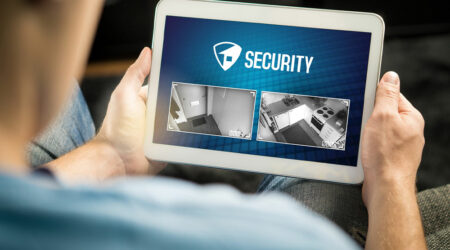
Symptoms, causes, and management of varicose veins
Varicose veins is a condition where the veins close to the skin’s surface become enlarged and twisted. These veins usually emerge in the legs and lower body due to the pressure borne during walking and standing. While varicose veins are merely a cosmetic concern for some, others experience discomfort and pain, making it a serious health problem for them. The good news is that self-care measures can relieve the symptoms in minor cases.
Symptoms
The most prevalent symptom is a purple or blue, gnarled vein underneath the skin’s surface on the feet, ankles, or legs. Sometimes, these veins may appear in clusters with tiny red lines near them. The other signs include:
- Heavy legs
The leg muscles may feel sluggish, heavy, or tired, typically after physical activity. - Pain
The legs may become sore, achy, or painful, mainly behind the knees. Some may also get muscle cramps. - Itching
At times, the area surrounding the varicose veins may feel itchy. - Ulcers
In severe cases, people develop ulcers on the skin.
- Skin discoloration
Skin damage due to varicose veins may cause the affected area to turn reddish-brown. - Swelling
The feet, ankles, and legs may throb and swell.
Causes and risk factors
The condition occurs when the veins do not function properly. Typically, the veins develop one-way valves, which prevent backward blood flow. As a result, blood accumulates in the veins instead of progressing toward the heart, causing them to expand. Varicose veins impact the lower extremities because the veins in this area are the farthest from the heart, and the gravitational force poses a challenge to upward blood circulation.
It is not fully understood what causes a person to develop one-way valves. However, experts believe factors like age, pregnancy, menopause, family history, and standing for long durations increase one’s risk.
Lifestyle changes that help
Doctors are usually conservative when dealing with varicose veins. Before opting for treatment or surgery, they recommend lifestyle changes to see whether the symptoms reduce on their own. Some lifestyle changes that can prevent the condition from aggravating are:
- Exercising to boost circulation
- Not standing for long durations
- Using stockings or compression socks
- Elevating the legs when resting or sleeping
Treatment options
If lifestyle changes are not beneficial or the varicose veins cause pain and damage one’s overall health, the doctor may advise an invasive procedure. Vein stripping and ligation is a popular surgical method where the expert creates incisions in the skin, cuts the varicose vein, and extracts it through the openings. While modernized alternatives to this method have emerged, they are less popular. People usually opt for minimally invasive choices.
Besides vein stripping and ligation, one can opt for other minimally invasive treatment options, such as:
- Sclerotherapy to block off larger veins.
- Microsclerotherapy to restrict smaller veins.
- Laser surgery, which uses light to block a vein.
- Endoscopic vein surgery, which uses heat from a laser to block a vein.
- Endovenous ablation therapy, which employs radiofrequency and heat waves to block a vein.
The healthcare expert may recommend the best option depending on one’s symptoms and overall health.




